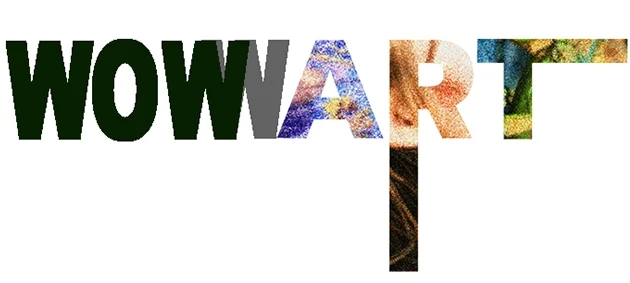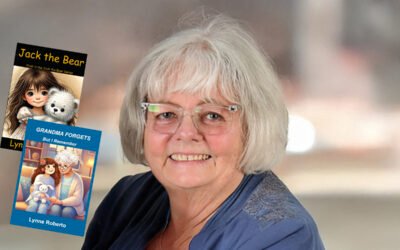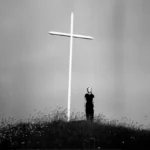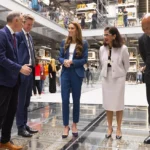KPE Explores The Human Experience Through Bold Figures And Minimalist Design
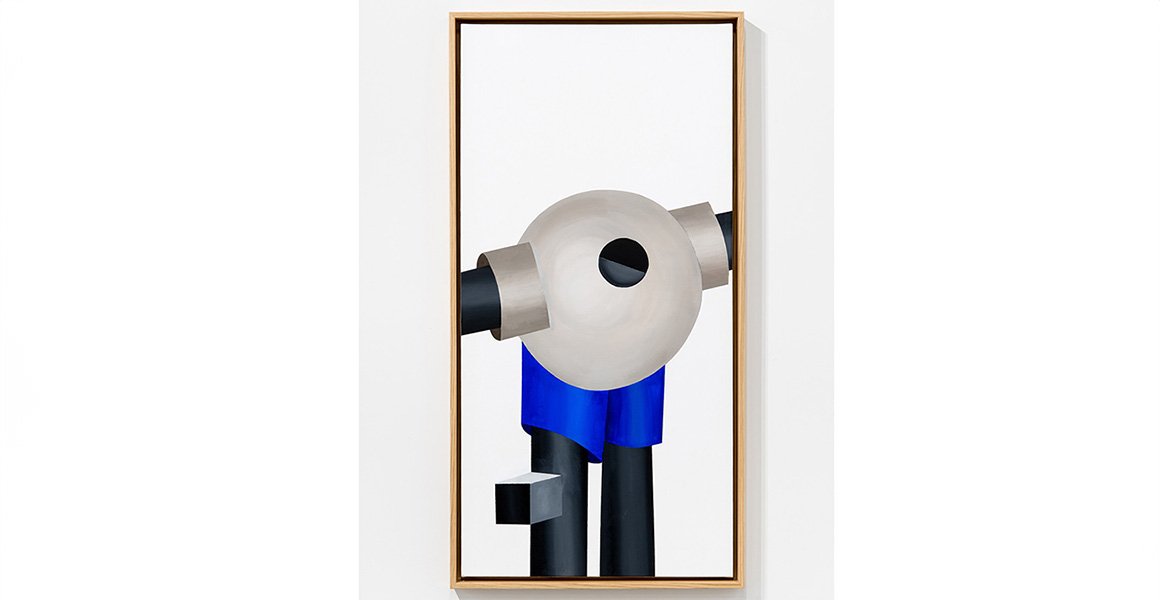
A Self-Taught Visionary Merging Tradition With Modernity
KPE, a self-taught Ghanaian artist, uses bulbous figures and minimalist design to explore themes of hope, individuality, and shared humanity, merging pop culture, modernism, and metaphysics in one innovative voice.
KPE’s art is a testament to the power of bold imagination and inventive spirit. With a voice that bridges cultural boundaries and resonates universally, this remarkable Ghanaian visual artist has carved out a space where the human experience becomes a shared narrative, a collective heartbeat. His work speaks to the core of who we are — beings striving for hope, love, and grace in a chaotic world. Through his exaggerated figures, minimalist aesthetic, and pop-culture references, KPE reminds us that individuality and commonality intersect in profound ways, and that within this intersection lies the beauty of existence.
KPE’s bulbous humanoid figures, with their elongated limbs and tiny heads, are both intriguing and disarming—a reminder of the vulnerable yet resilient spirit within us all. As these striking forms float in isolation against carefully composed negative spaces, they evoke a paradoxical sense of solitude and connection. Incorporating influences from streetwear, Bauhaus principles, modernist architecture, and industrial design, KPE’s canvas becomes a portal into both the everyday and the extraordinary. It’s this fusion of simplicity and complexity that gives his work such a distinct and compelling voice.
What makes KPE’s journey even more remarkable is that he’s entirely self-taught—transforming challenges into stepping stones and proving that artistic mastery is not confined to formal education or traditional pathways. His profound connection to universal human themes, combined with his exploration of metaphysical truths, makes his work deeply reflective and inspiring. He challenges us to see beyond the surface, to embrace the light in the darkest corners of existence, and to celebrate the uniqueness that each of us bears.
“What affects one person affects us all.” –KPE
In this exclusive interview, KPE takes us behind the brushstrokes, offering insight into his influences, his creative journey, and the timeless message of hope and individuality that permeates his art. We are honored to present this conversation with an artist whose work not only confronts the world’s challenges but serves as a beacon, inviting us to dream of better days and recognize the interconnectedness that binds us all.
What inspired you to explore themes of commonality and shared human experience in your art?
I realised that the contemporary issues that are being addressed nowadays tend to be one-sided or individualistic in nature. However I am of the notion that the entire human race is connected, and we can only achieve the betterment we all desire for the world if the needs of all people are touched and reflected on. What affects one person affects us all. If one feels worthy, loved, joyful and at peace, those attributes will be diffused around and affect those around them and so forth. I will rather focus on the issues that are common to all people than just on particular group of people.
How did you develop your unique style of depicting bulbous humanoid figures with exaggerated proportions and minimalist lines?
When I begun art making, I was heavily drawn to works that were innovative and inventive in nature and so I begun on the quest to develop a figure, an identity that will become mine. It has evolved over time but the underlying principle is to reduce the human anatomy into a simple figure using basic shapes and geometric forms. I imported my interest in design principles into my art making process. The doctrines I am drawn to and heavily interested in are in relation to the Bauhaus, minimalism, modern and Scandinavian design ethos, and industrial design from the perspective of Dieter Rams. I have always loved minimalist design, and it was just natural for me to let that flow into my art making as well.
As a self-taught artist, what challenges did you face in mastering your craft, and how did you overcome them?
One of the major challenges was to figure out if I was making art according to the books, according to the curriculum. However with much studies, reading and tutorials on the internet, I found out that there were no rules in art. That changed a lot for me since art seemed to be much appreciated when it was portraiture and realism where I am from. Having this new knowledge allowed me the freedom to explore and experiment as much as I desired.
Can you elaborate on how elements like streetwear and modernist architecture influence your work?
My major art influences have been pop art and design, as aforementioned. The reason behind my incorporation of streetwear and everyday items is so that people to notice the everyday things, because these are things the world can identify and relate to. Modernist architecture impacts my work because it focuses on minimalism and functionality. One major way it influences my work is its use of negative space.
What message do you hope viewers take away from the isolated and reflective nature of the figures in your paintings?
People should celebrate their individual uniqueness, there’s beauty that’s found in each person. You’re first and foremost an individual before a community, hence the community becomes better when individuals become better.
How does the metaphysical aspect of your work shape your artistic message about hope and the presence of good in the world? There is much evidence to prove that there is more to the physical world than we see and I want people to know that there is definitely a way out of all forms of darkness. The presence of darkness is only conceivable because of our relationship and entanglement with light. We only know what bad is because we have tasted or we inherently know good. This should be great encouragement, knowing that every negative situation can be overcome, because what overcomes it does exist.
